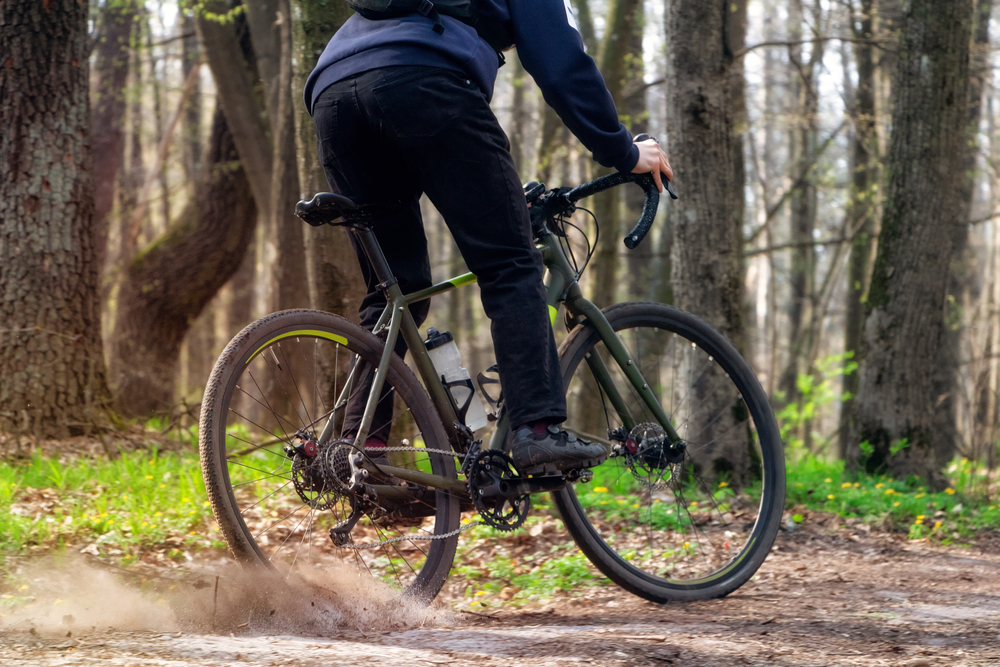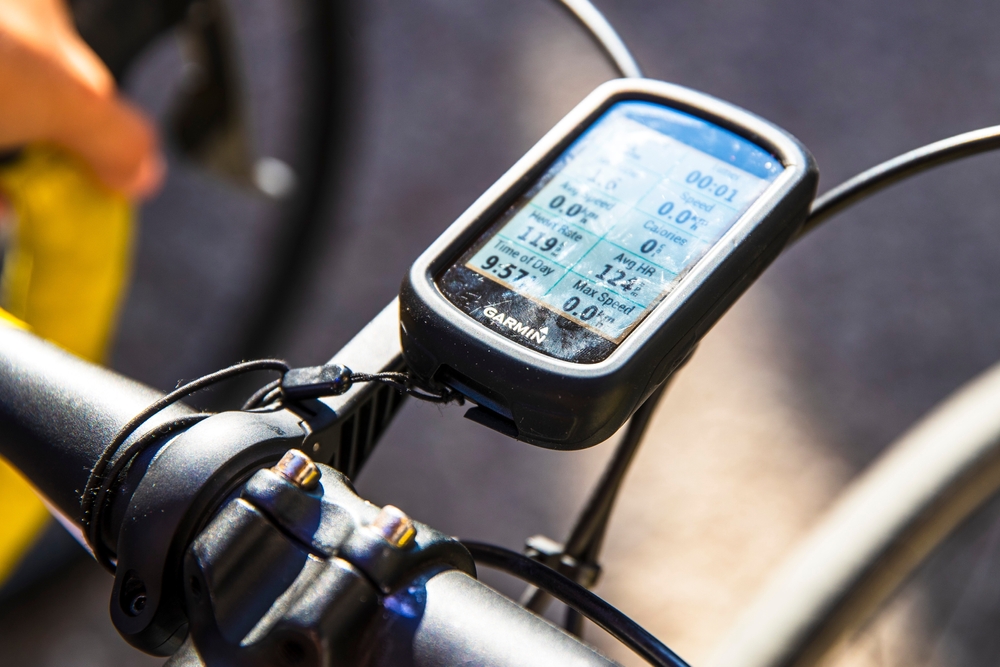Presta vs Schrader: The Ultimate Guide to Bicycle Valves
Understanding the differences between Presta and Schrader valves is essential for cyclists. Whether you’re a novice or an experienced rider, knowing which valve suits your needs can improve your cycling experience.
Types of Bicycle Valves
Bicycle tires typically use two types of valves: Presta and Schrader. Each has its own set of advantages and specific use cases. Here’s a detailed look at both.
Presta Valves
Presta valves are often found on high-performance bikes. They are narrower than Schrader valves and have a locking nut at the top. This design is particularly useful for maintaining high pressure in narrow rims.
- Size and Pressure Tolerance: Presta valves are generally around 6 millimeters in diameter, allowing them to fit into smaller rim holes. They can handle high pressure, making them ideal for road bikes.
- Sealing Mechanism: The locking nut helps to create an airtight seal. To inflate or deflate, the nut must be unscrewed, which prevents accidental air loss.
- Adaptability: Presta valves are available in different lengths, making them versatile for various rim depths. This adaptability is especially useful for deep-section wheels.
- Competence: They are considered more efficient for maintaining tire pressure over time. Their slender profile reduces the risk of damage, which is crucial for high-speed riding.
Schrader Valves
Schrader valves are commonly found on mountain bikes and recreational bicycles. These valves are similar to those found on car tires, making them easier to inflate at any gas station or with standard air pumps.
- Size and Compatibility: Schrader valves are larger, about 8 millimeters in diameter. This makes them durable and less prone to bending. However, their size may not fit well with narrow rims.
- Valve Core: The valve core is located inside a spring-loaded mechanism. When the central pin is depressed, air flows in or out. This straightforward mechanism aids in easier inflation.
- Durability: Schrader valves are robust and can withstand rough terrains. This makes them ideal for mountain biking, where durability is paramount.
- Convenience: Because they share similarities with car tire valves, Schrader valves can be inflated using a variety of air sources. This convenience can be a major advantage during long-distance rides.
Performance Differences
Performance differences between Presta and Schrader valves stem from their design and intended use. Presta valves excel in high-pressure environments found in road cycling. Schrader valves thrive in durability and ease of use, especially in off-road conditions.
Presta valves maintain tire pressure more effectively over time. Their design reduces the risk of gradual pressure loss. This makes them a preferred choice for competitive cyclists who cannot afford fluctuations in tire pressure.
In contrast, Schrader valves offer easier maintenance. Their larger size allows for quick inflation using various methods. This feature is handy for casual riders or those who frequently ride rugged terrains and need quick adjustments.
Installation and Maintenance
Installing and maintaining Presta and Schrader valves involves different processes. Here’s a quick breakdown of each.
Presta Valve Installation
- Insert the valve stem through the rim hole from the inside of the rim.
- Thread the locking nut onto the valve stem to secure it in place.
- Unscrew the small cap at the top before inflating the tire.
- Use a compatible pump head to inflate the tire to the desired pressure.
- After inflation, screw the cap back to prevent air loss.
Schrader Valve Installation
- Insert the valve stem through the rim hole from the inside of the rim.
- Press the valve stem firmly and ensure it sits snugly within the rim hole.
- Press down the central pin with the pump head before starting inflation.
- Use a standard pump head to inflate the tire to the desired pressure.
- Release the pressure on the central pin after inflation to ensure a secure seal.
Maintenance Tips
- Regularly check the valve core for both types to ensure there are no leaks or damages.
- For Presta valves, keep the locking nut and cap clean to maintain airtight sealing.
- For Schrader valves, occasionally depress the central pin to check if it’s functioning correctly.
- Replace damaged valve cores immediately to prevent air leaks.
Choosing the Right Valve
Choosing between Presta and Schrader valves depends on various factors such as the type of bike, personal preferences, and riding conditions. Road cyclists often prefer Presta valves due to their high-pressure tolerance and lightweight design. Mountain bikers and casual riders may find Schrader valves more practical because of their durability and ease of use.
Personal preference also plays a significant role. Some riders may prefer the security offered by the locking mechanism of Presta valves, while others might appreciate the convenience of Schrader valves. Assessing your specific needs and the type of riding you do most frequently can aid in making an informed decision.
Final Thoughts
Understanding the distinctions between Presta and Schrader valves can make a significant difference in your cycling experience. Each valve type offers unique advantages that cater to different biking disciplines and rider preferences. Making an informed choice ensures better performance, ease of maintenance, and an overall enhanced cycling experience.






